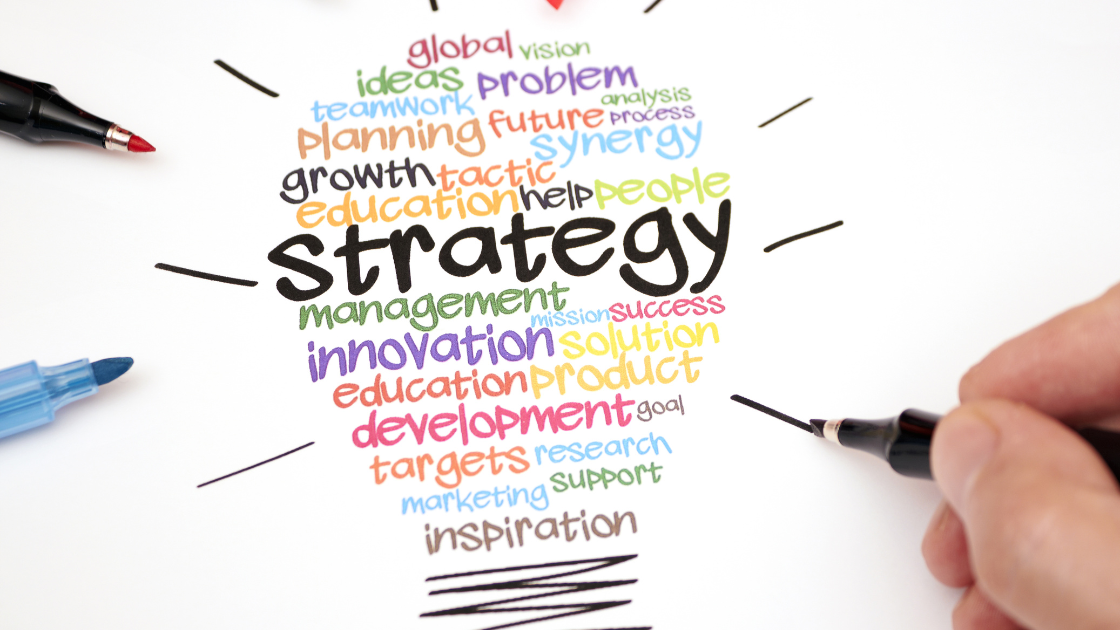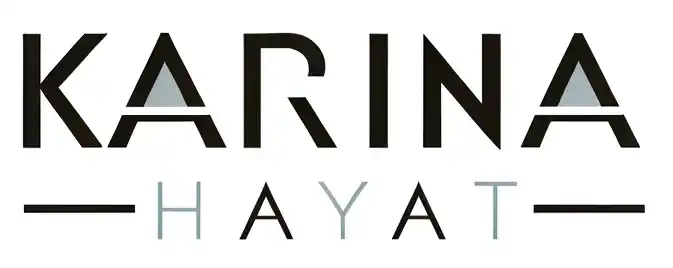Karina Hayat on Designing a Business Strategy That Survives Disruption, Adapts to Change, and Fuels Innovation

In today’s hyper-connected world, disruption isn’t an occasional challenge—it’s a constant. From economic uncertainty and shifting consumer behavior to rapid technological evolution and global crises, businesses are under relentless pressure to adapt. Survival in this environment demands more than reaction. It calls for a strategic approach that anticipates change, builds resilience, and drives continuous innovation.
A business strategy that thrives amid disruption is not a static plan—it’s a living, evolving system. It reflects awareness, agility, and boldness. Here’s how organizations can design a future-ready strategy that not only withstands disruption but transforms it into opportunity.
Understand the Landscape of Disruption
Disruption can be gradual or sudden, internal or external. Whether it’s emerging competitors, digital transformation, changing regulations, or global health events, every shift has the potential to reshape industries.
Businesses that flourish during times of uncertainty don’t simply react—they stay ahead of the curve by scanning the horizon. This involves:
- Tracking emerging technologies and trends
- Listening to changing customer expectations
- Monitoring regulatory and economic developments
- Learning from other industries
An early awareness of what’s coming helps leaders shift gears proactively rather than scrambling to catch up.
Build Strategic Resilience at the Core
The first step in surviving disruption is building a resilient core—the foundation that supports long-term strength. Resilience isn’t just about bouncing back; it’s about building shock absorbers into the system.
Key components include:
- Diversification: Relying heavily on one product, channel, or market creates fragility. Spreading risk across multiple revenue streams, customer segments, or regions strengthens long-term stability.
- Operational agility: Systems, supply chains, and workflows should be designed for speed and flexibility, enabling fast responses to changes without chaos.
- Financial discipline: Healthy cash flow, cost control, and smart investment decisions create breathing room during downturns or shifts.
Strategic resilience means preparing for multiple scenarios—not just the most likely one.
Foster a Culture That Welcomes Change
A rigid culture is a recipe for stagnation. Organizations that embrace change outperform those that resist it. This doesn’t mean changing direction at every turn, but rather nurturing an adaptive mindset.
Encourage a work environment where:
- Curiosity is rewarded
- Failure is viewed as part of learning
- Innovation is everyone’s responsibility
Change-readiness becomes a cultural advantage when people are encouraged to experiment, challenge outdated assumptions, and contribute new ideas. Businesses that lead through disruption empower teams to act with speed and confidence.
Make Innovation a Daily Discipline
Innovation isn’t a one-time project or something reserved for product development. It should be woven into the everyday rhythm of the business.
Focus on innovating within:
- Processes: Where can technology streamline work or reduce costs?
- Customer experience: How can interactions become faster, more personal, or more seamless?
- Business models: Can pricing, packaging, or distribution be reimagined to create new value?
Innovation thrives when it’s part of the business DNA—not something saved for special occasions. Even small, incremental improvements compound over time to create a significant competitive edge.
Turn Strategy into a Living Framework
Traditional five-year plans have become outdated. The pace of change demands continuous strategic thinking. A modern strategy is dynamic, flexible, and regularly refreshed.
This includes:
- Frequent strategic reviews to adapt to real-time insights
- Short feedback loops between execution and learning
- Scenario planning to stay prepared for multiple possible futures
A living strategy is one that listens, evolves, and grows—without losing sight of long-term goals.
Anchor Strategy in Purpose
While adaptability and agility are crucial, long-term vision provides direction. Companies with a clear purpose—beyond profits—are better equipped to make consistent, meaningful decisions during times of uncertainty.
A well-defined purpose helps:
- Align teams around a shared mission
- Inspire customers and partners
- Guide choices even when conditions are unpredictable
Purpose acts as a compass. When disruption hits, it ensures decisions remain values-driven and intentional.
Empower People as Strategic Drivers
Technology, tools, and processes matter—but people make strategy real. The success of any transformation depends on how well individuals are empowered, engaged, and aligned.
Prioritize:
- Upskilling: Equip teams with the knowledge and confidence to adapt
- Collaboration: Break down silos and encourage cross-functional learning
- Recognition: Celebrate initiative, adaptability, and problem-solving
An adaptable workforce is one of the greatest assets during turbulent times.
Conclusion: Strategy for the Future
Designing a business strategy that survives disruption isn’t about avoiding risk—it’s about building the capacity to navigate through it with clarity and courage.
Organizations that embrace adaptability, foster innovation, and remain grounded in purpose don’t just weather change—they use it as fuel. By treating strategy as a dynamic process driven by learning and experimentation, they future-proof their business and position themselves as leaders in an ever-evolving landscape.
About the author











